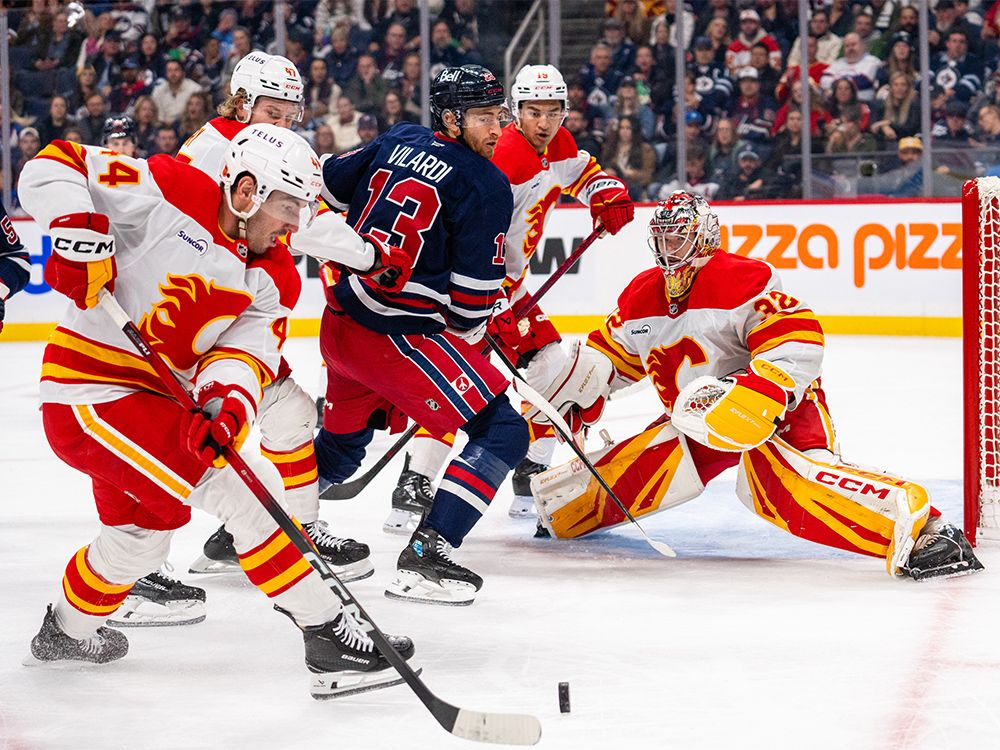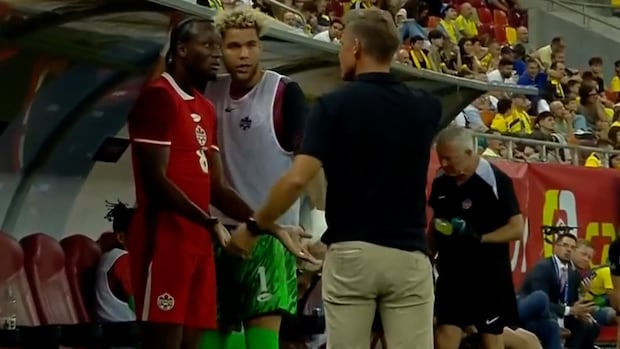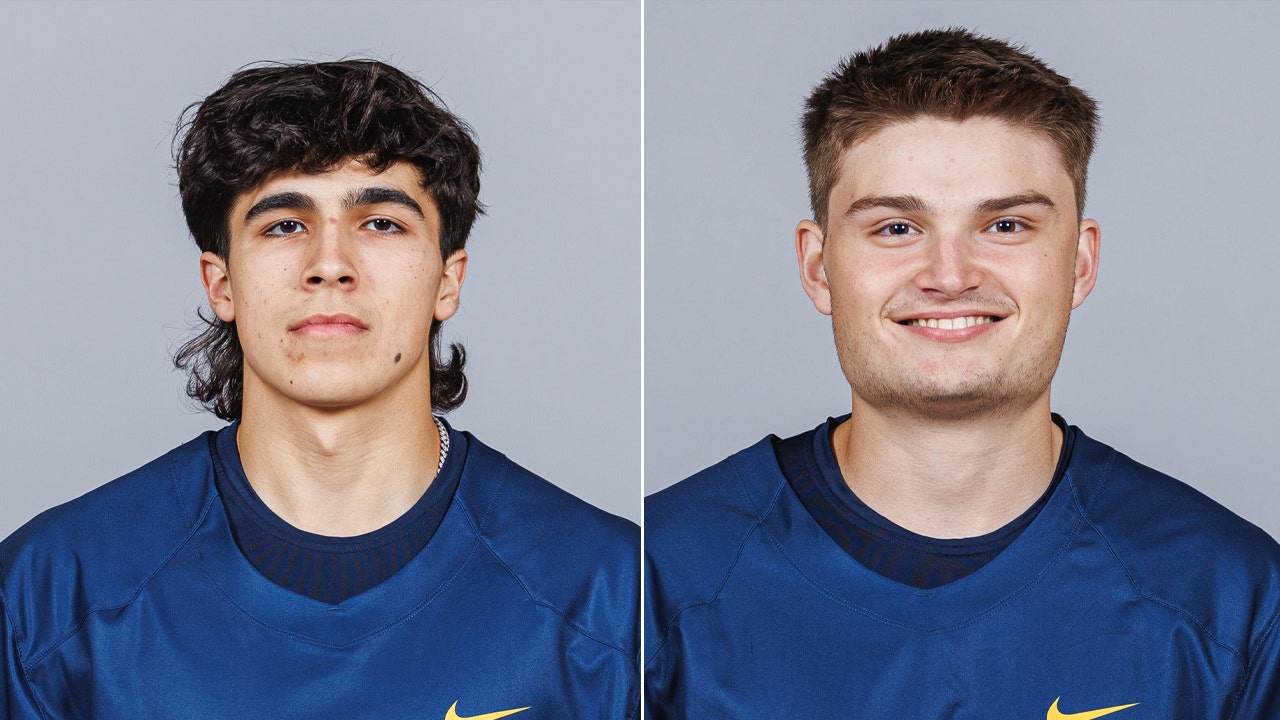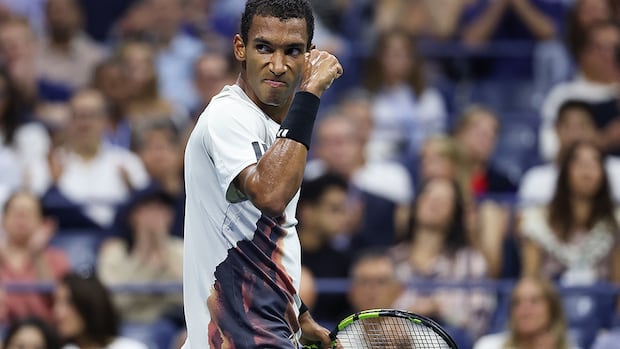Why Shohei Ohtani’s Dodgers deal is for $460M US, not $700M

This is an excerpt from The Buzzer, which is CBC Sports’ daily email newsletter. Stay up to speed on what’s happening in sports by subscribing here.
Not since Kawhi Leonard left the NBA-champion Toronto Raptors for the Los Angeles Clippers in the summer of 2019 has a free agent held Canadian sports fans in the palm of his hand the way Shohei Ohtani did last week. Fuelled in part by the Japanese superstar’s extreme secrecy, rumours that Ohtani would pull a reverse Kawhi and leave the L.A. Angels for Toronto reached a fever pitch on Friday.
Because social media abhors a vacuum, restless Blue Jays fans could go on their phones and find plenty of “information,” real or imagined, to confirm their desire. A Dodgers blogger reported that Ohtani had picked Toronto? Must be a done deal! A private jet was on its way from Southern California to Toronto? Has to be Ohtani’s! Jays pitcher Yusei Kikuchi, who went to high school with Ohtani, made a dinner reservation for 50 people? Pop the champagne!
We all ended up feeling pretty silly when the most coveted baseball free agent in decades chose the most obvious path possible. Rather than move 4,000 kilometres north, to a completely new country, to play for a team that hasn’t won a playoff game in seven years, Ohtani decided on Saturday to stay in sunny Southern California and join an iconic franchise that averaged 106 wins over the last three seasons and was a favourite to win the World Series even before landing the greatest two-way player since Babe Ruth.
Ohtani’s contract with the Los Angeles Dodgers, though, was anything but obvious. Expected to command north of $500 million US and maybe up to $600 million, the two-time American League MVP instead got an astounding $700 million over 10 years. That’s a quarter of a billion dollars bigger than any other contract in North American sports history. And the $70M annual average suggested Ohtani would earn about $27M more than the next highest-paid players in baseball next year — and $9 million more than the entire 2023 Opening Day payroll of the AL East champion Baltimore Orioles.
WATCH | Breaking down the chaos of Ohtani Watch:
Blue Jays fans had their dreams dashed after learning free agent Shohei Ohtani signed a historic $700-million contract with the Los Angeles Dodgers. Andrew Chang gives a moment-by-moment breakdown of the mad speculation and confusion that led up to Toronto’s disappointment, and how a judge on Shark Tank and Dragons’ Den found himself in the middle of it all.
Except he won’t. After Ohtani officially signed his contract with the Dodgers yesterday, it was reported that he came up with the idea to defer a stunning $680M of the $700M until after the contract expires. He’ll get the outstanding money in equal installments of $68 million every July 1 from 2034 to 2043. In the meantime, he’ll make just $2M per year. That’s less than what the Blue Jays paid backup infielder Santiago Espinal last season.
“I can say 100 per cent that… the Dodger organization and I share the same goal,” Ohtani said in a news release. “To bring World Series parades to the streets of Los Angeles.” Everybody says stuff like that when they sign with a new team, but Ohtani actually put his money where his mouth is. By deferring 97 per cent of his earnings — interest-free — he’s giving his new team tremendous flexibility to add more good players around him over the next decade.
Keeping the Dodgers’ payroll down is important to Ohtani’s World Series aspirations because, while baseball does not have a salary cap, it does slap a luxury tax on teams who exceed certain payroll thresholds. And it can get quite punitive. The New York Mets, to take the most painful example, are facing an estimated tax bill of more than $110M after spending nearly $383M on players this year, per the salary-tracking website Spotrac.
Not many owners — not even the money-printing Dodgers — can stomach that. Indeed, majority owner Mark Walter and his partners (including Magic Johnson) appear to be on the hook for only a few million bucks in luxury tax after coming in right around the threshold this year.

But, hold on, doesn’t baseball have rules against the blatant luxury-tax circumvention that seems to be happening here? Well, only sort of. While baseball won’t allow the Dodgers to count Ohtani’s salary as $2M, it won’t be $70M either. Based on the sport’s formula for valuing deferred salaries, which accounts for inflation and depreciation, Ohtani’s average annual salary for luxury-tax purposes will be $46M.
That’s still the highest in baseball, but it’s very much in line with the $43.3M that pitchers Max Scherzer and Justin Verlander will make next year as the next two highest-paid players. It also brings us closer to the truth about Ohtani’s supposed $700M total contract, which in reality is more like $460M. That’s still the richest contract in North American sports history, but it’s only a bit bigger than Patrick Mahomes’ $450M deal.
Of course, none of this works unless Ohtani was willing to take home only a fraction of what he’s really worth for the next decade. He can afford this because he reportedly earns around $50M a year through endorsements — much of them flowing from his native Japan, where he’s a massive celebrity. So, while the concern is that more players and teams across sports might try to skirt the rules with big deferred contracts like Ohtani’s, it’s more likely that this is a one-of-a-kind deal for a truly unique star.
If you want to go deeper on Ohtani’s unusual contract, I recommend this piece from The Ringer’s Ben Lindbergh. For the players Toronto might target after losing out on Ohtani, read this from The Canadian Press’s Gregory Strong.




